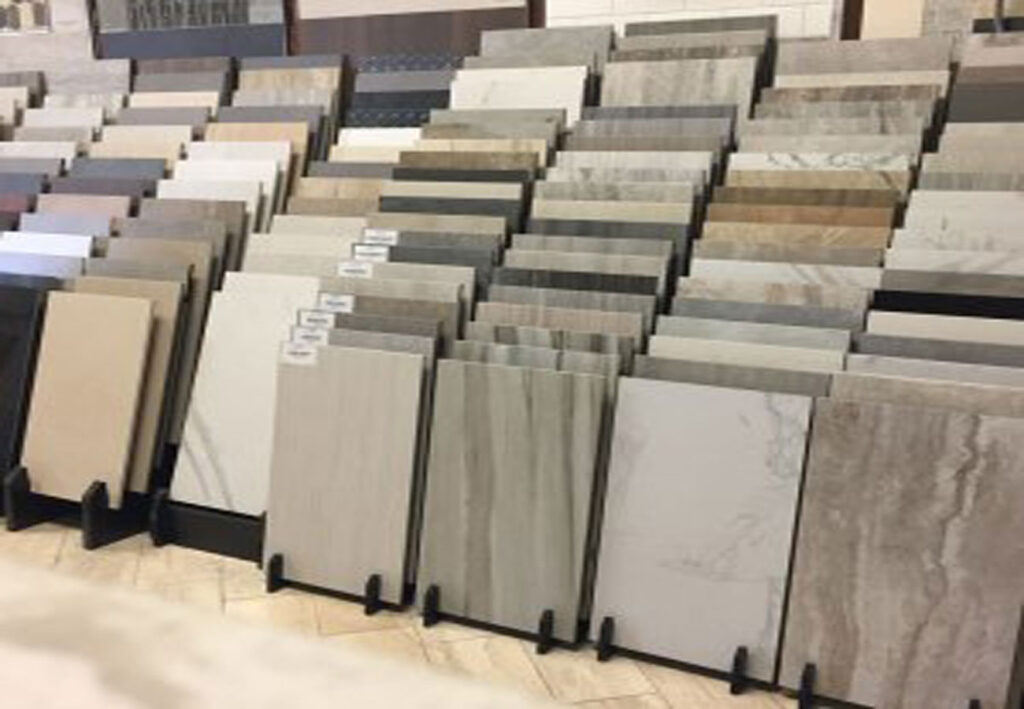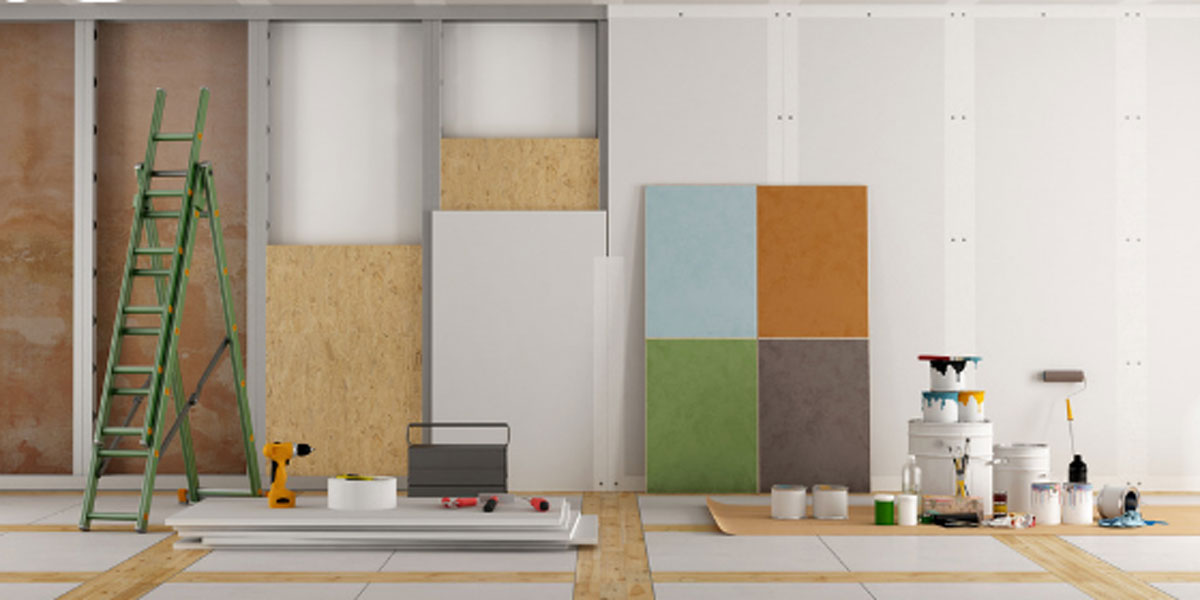What is the first thing you notice once you enter a kitchen or a bathroom? Specifically, the floor and the walls. So, if you want to modify the walls and floors in your residence, you’ve found the right place. You’ll see how to do it here, and even some materials you could use.
What materials should I use?
Porcelain: This material appears to be fragile. However, the elegance and aesthetic that it provides are astounding. Another reason to use porcelain is waterproofing. That’s what makes this material so impermeable and long-lasting.
LVT flooring: Luxurious vinyl tile flooring could be an excellent option for those who have children or pets because it can be kept clean over several years by simply cleaning it a little bit. It also has an effortless installation, so no heavy lifting is required.
Wallcovering: Covering your walls with ceramic tiles, wood paneling, porcelain, or marble not only makes them look great, but it may also be appropriate to use if you have an uncared-for wall.

Installation
First and foremost, when considering your floor and wall renovation, you must ask yourself, “What goes first?” Floors or walls? Unfortunately, there is no simple solution. Some argue that you should begin by painting the walls so that you don’t get paint on your new floors, while others argue that you should finish the potentially time-consuming process of flooring installation first.
Because hardwood or another type of flooring that requires a lot of sanding is generally installed before anything else, you must sand your floor first. The dust created during this process may damage your freshly painted walls and will undoubtedly make a mess. However, if you have an old carpet or another flooring that you don’t mind getting paint on, doing the walls first can save time. Your painters will not have to cover the floor meticulously and will be able to focus on the project at hand.
Flooring renovation cost
Because of the numerous flooring options available, prices might range from $3 per square foot for the most basic sheet vinyl to more than $14 per square foot for a true timber flooring system. Before using some items in damp environments, it’s also necessary to understand their waterproofing restrictions.
While tile prices vary, your tiler will charge a minimum of $4 per square foot, regardless of the tile. The cost of a basic-range tile would be around $5 – $10+ per square foot, but keep in mind that things like convoluted locations and difficult installation patterns would increase the cost. A basic-range tiling job can cost as little as $5 – $10+ per square foot including the tiler’s labor (and sometimes removal of old tiles) and the cost of tiles is between $0.60 and $15+ per square foot.
There is a wide variety of carpets to pick from, as well as a wide range of prices. The most important decision to make is whether to go synthetic or natural. Synthetic carpet is less expensive than wool and significantly more stain- and water-resistant, making it ideal if you have pets and children or live in a damp environment. Wool, on the other hand, is significantly more fade-resistant and fire-resistant (great if you have direct sunshine or open fire).
Installation costs between $4 – $6+ per foot, with costs increasing to $18 per foot for difficult installations. Carpet prices range from $2 per square foot (usually synthetic) to $11+ per square foot for high-quality Berber carpet. The typical price per square yard is $30 – $40. Add to these costs the cost of underlayment, which can range between $0.60 and $2.30 per square foot.
Wall replacement cost
A single-story home’s average cost to remove a load-bearing wall is between $1,200 and $3,000, while a multi-story home’s average cost is between $3,200 and $15,000. The typical figures do not cover the cost of drywall, wallpaper installation, or wall repainting. Check with your contractor to see if any electrical or plumbing lines will need to be redirected when the load-bearing wall is removed.
In case you want to open your kitchen wall, You have the option of removing the entire wall or installing a kitchen pass-through. When removing a wall, the cost will be determined by whether the wall is non-load bearing or load-bearing. Furthermore, the cost of the wall removal and the kitchen pass-through will be influenced by whether the contractor is required to reroute utility lines and remove any harmful material from the property when removing the wall.

